Drawing on the Right Side of the Brain: A Course in Enhancing Creativity and Artistic Confidence: A Course in Enhancing Creativity and Artistic Confidence: definitive 4th edition
£17.00£19.00 (-11%)
OVER 3 MILLION COPIES SOLD WORLDWIDE
‘You will quickly amaze and delight yourself. Hands down the best and most life-enhancing thing I’ve done in lockdown’ India Knight, Sunday Times
Drawing on the Right Side of the Brain is the world’s most widely used drawing instruction book. Whether you are a professional, a student, or enjoy art as a hobby, Betty Edwards’ practical step-by-step guide will give you greater confidence in your ability, deepen your artistic perception and provide a new way to appreciate the way you perceive the world around you.
This groundbreaking guide includes:
– Expert advice on materials to use and how to record your progress
– Specific focus on perceiving edges, spaces and relationships within your drawings
– Problem-solving techniques and guidance on continued development of your skills
Blending artistic teaching with psychology, Betty Edwards offers a practical grounding in drawing technique with exercises designed to help you utilise the intuitive and creative right side of your brain, dramatically improving your ability to draw.
Read more
Additional information
| Publisher | 4th Revised edition (1 April 2013), Souvenir Press Ltd |
|---|---|
| Language | English |
| Hardcover | 320 pages |
| ISBN-10 | 0285641778 |
| ISBN-13 | 978-0285641778 |
| Dimensions | 19.2 x 2.6 x 22.8 cm |

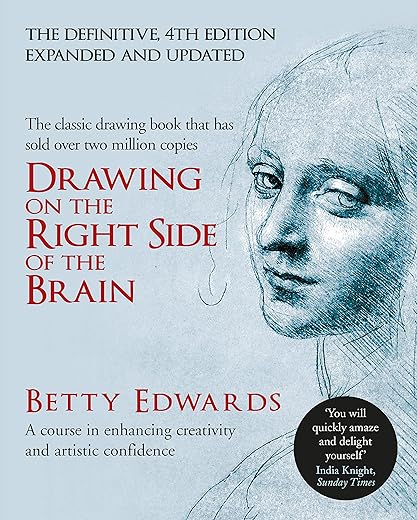
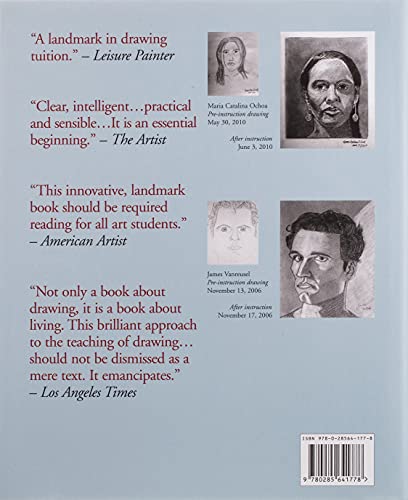
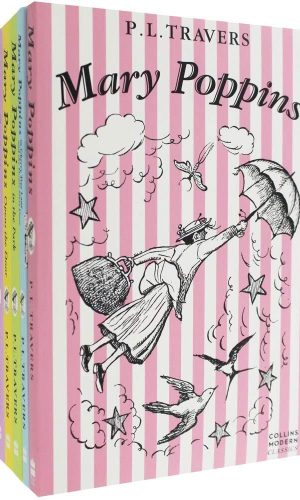


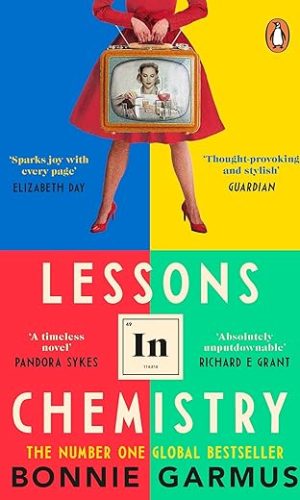


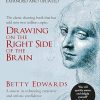
by Travelling Man
Where to start
I will, try and start and end with some positives.
The book has a fantastic section on portraits and drawing of the human head. The detail – and the structured approach to drawing a head – or a self portrait is impressive and very worthwhile.
Sadly so much is included in this book and so much is left out. A huge amount of padding and waffle about psychology, brain anatomy and perception that goes on and on. In fact it is about page 200 before it starts to teach you anything. The author says this is important – it is a little bit important but boy is it wordy and unnecessary. Crushingly boring.
There is a detailed section on perspective – it makes a complex subject even more complex and baffling so I gave up and I went off to another book to learn more on this topic.
Huge topics are missing – nothing on Landscape drawing – nothing on seascapes – nothing on animals – nothing on the human body – nothing on trees – nothing on weather – nothing on skyscapes – nothing on drawing water…………….so much not included.
It claims to be the classic drawing book….but how can it be when it only teaches about portrait drawing?
Do not buy this book if you want to learn how to draw – I have no clue what its objective is. Frankly it bored me and I feel I have wasted my money.
I was going to give it 4 stars but as I wrote this review it reminded me of how disappointing the book was if you want to learn. It will go on the bookshelf but I wont be bothering to refer to it again.
I will try and end on a positive. Sections on portraits are good- good section on negative shapes, hatching and lines are OK(ish)
by Claude
I am still reading the book and do the exercises as I am reading the chapters. This is more the psychology of drawing rather than just learning to draw but I found it very interesting and helpful.
by Saladin The Wise
It has great reviews and is praised all over and I thought to give it a shot. I did not read it yet but on the first glance through it seems very informative.
by Lori Othen
I am not very far on my journey but I have completed half of the book and am amazed at what I can so now.
by Asier
I’m only halfway through the book, but I can already see an amazing improvement in my drawing skills. I was a bit skeptical in the beginning, but the methods and advices in the book really do work I highly recommend purchasing the workbook. It contains plenty of additional exercises to practice
by DrRheology Limited
It is fascinating to understand what is going on inside our minds when we draw.
by R. Henry
I’ve been wanting to learn to draw for a while. It’s been on my list of things to do in my spare time for a while, but I never got round to it. I was initially looking for actually classes that had a teacher as I felt this would be the best way to develop quickly. I never got round to doing that.
When the pandemic hit, I found myself spending a lot more time indoors and my wish to learn to draw came back. I initially browsed for recommendations on the net and watched some YouTube videos, but realised I lacked a lot of fundamental ability, so I felt the deep and steady approach of learning to draw via a book would be the best route.
I eventually ended up on this book, which I believe it was on a list of ‘must-read’ books for budding artists, and I duly started reading it. I was pleased that it starts from zero and assumes little in your drawing ability, and it takes you to something much more accomplished. It’s a good mix of theory and practical; the theory is backed up by rigorous research with university professors, the practical from the author’s years of experience as an artist and in teaching art. It’s quite interesting to read even if you’re not interested in learning to draw; there it a lot of knowledge shared about left vs. right brain thinking which is something I was vaguely aware of before but this book helped crystalise that knowledge.
This is an age where we are always ‘on’ consuming content in all forms. The knowledge contained in this book is an antidote to the modern day ailment of being unable to switch off.
by Christopher
There is nothing more to add about a brilliant book which has rightly received glowing and enthusiastic reviews.
You may feel, therefore, that paying a little extra for the hardback edition is justified. For the extra durability of the binding then this is true. However, Souvenir Press have chosen such a lightweight paper for the pages that there is considerable show-through which detracts from whichever page you are actually focusing upon.
One star deducted…………what a shame.